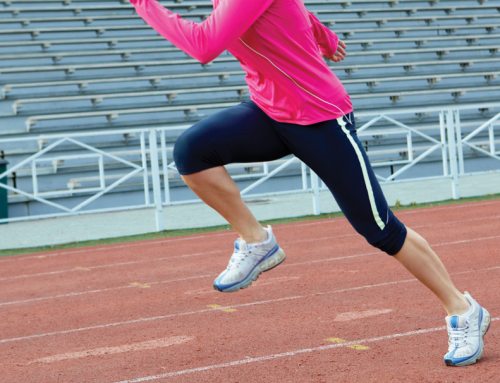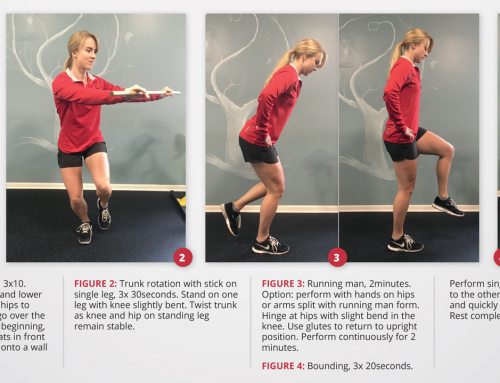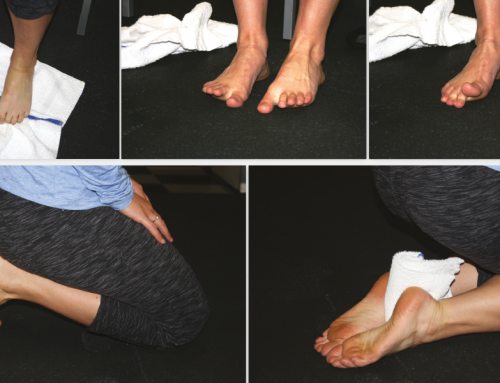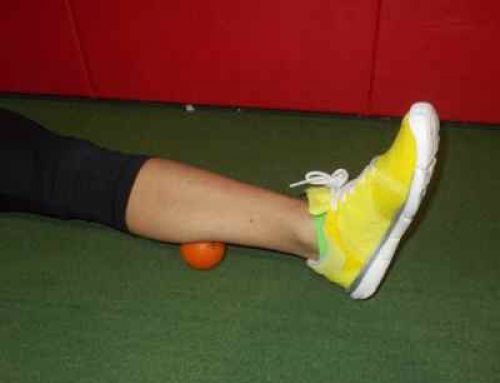By Smruti Shah
We are often asked if a running injury was caused by wearing the wrong shoes or whether it can be remedied with different or new shoes. The answer is complicated. The way you run is more predictive of injury prevention than your shoes, but your shoes affect the way you run.
Is it your shoes? It’s easy to blame shoes. In theory, their role is to prevent injury by decreasing the impact of running on your body. However, the evidence is scarce and weakly supportive of this theory. If you have run in the shoe without injury in the past, it is probably not the shoe. It may be the shoes if they are uncomfortable or old. New runners are encouraged to try on lots of shoes and go with what is the most comfortable. The evidence favors comfort. There is also the possibility that your shoes have worn out. Typically, your shoes have a life span of 6-12 months/300-500 miles depending on the type of shoe. Shoes are highly individualized, what may prevent injury in one runner, may worsen that same injury in another runner. In an ideal world, we would have shoes specific to their use: more supportive for slow recovery runs, and more minimal for faster workouts. If it is your shoes, your friends over at the local running store know their shoes and can help you get fitted with ones that are perfect for you.
Is it you? Running has a high rate of injury; more than half of the running population will incur an injury over a one year period. Attributing an ache or pain to needing new shoes can often be the first sign of an injury related to training errors. Take a look at when the symptoms began. Are you training at an appropriate level? Are you varying the surfaces on which you run? Have you experienced this injury before? These factors significantly impact your risk of injury. Studies have also found the heavier a runner is, the more likely he or she is to become injured. The primary causes of injury that we see clinically are muscle and postural imbalances which are often caused by living a sedentary lifestyle outside of running. Eventually, these imbalances lead to weaknesses in joint stabilizers. Challenging the smaller stabilizing muscles through strength/balance training or diversifying your activity will prevent the muscle imbalances that can ultimately lead to injury. Check out the Endurance Magazine archives for exercises that can help strengthen these muscles.
So, is it your shoes or you? Given the multitude of factors responsible for injury, it is more likely you. However, if you haven’t changed any training variables, are not heavy, and are pretty active outside of running it may be time to try new shoes.
See you out there!
# # #
Smruti Shah, PT, DPT is a Physical Therapist at Proaxis Therapy. She is a mom, wife, physical therapist, and marathon runner.






